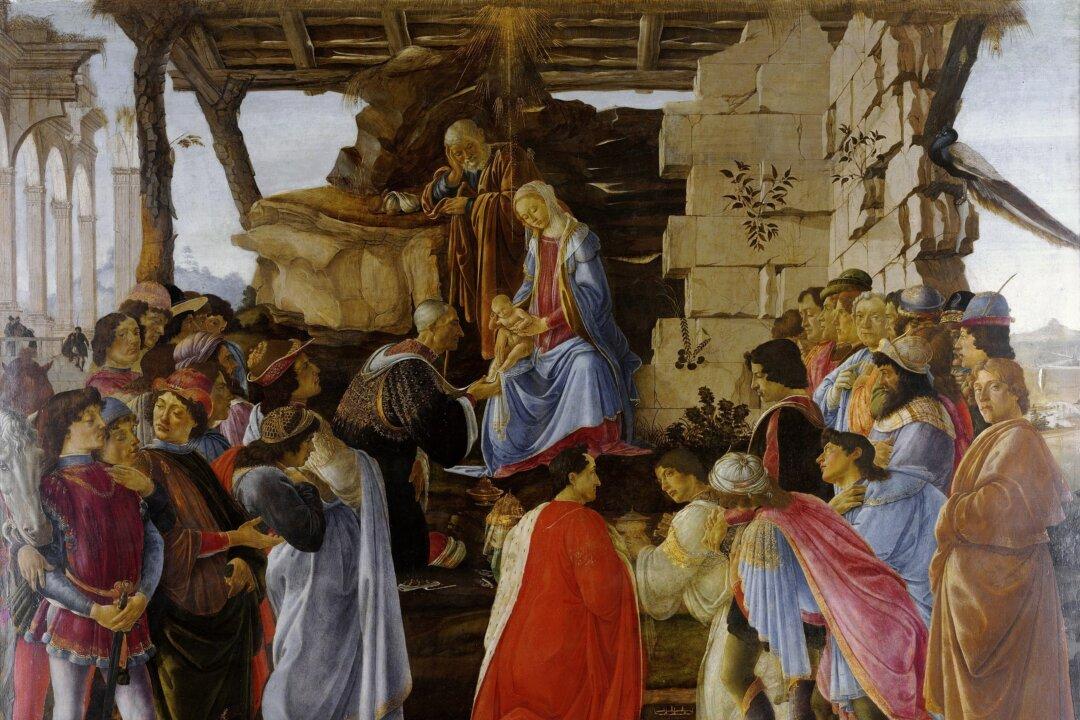Autumn in America is a fine time to contemplate change and the unchanging. The moody month of October ushers in colorful leaves, clear skies, and crisp breezes. Early evenings give way to scampering feet and wildly costumed kids in the frightful pursuit of candy! It’s almost Halloween.
This time of year scary stories lure us in, and they can be captivating. Is it the heart-palpitating effect? Perhaps it’s the intrigue of a spirit world just beyond our immediate detection, or simply the age-old struggle between malevolence and righteousness that resonates. Whatever the reason, what better way to prepare for Halloween than by revisiting one of the most spectacular spooky classics of the English language, “Dracula.”





